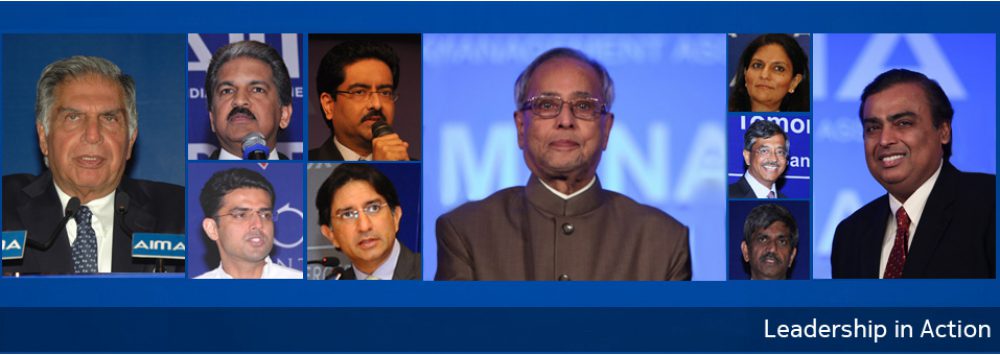Mr Amitabh Kant, G20 Sherpa of India, Government of India highlighted India’s past successes and emphasised the need for agriculture to transition to manufacturing and sustainable urbanization, while advancing green goals and simplifying regulations at AIMA’s 51st National Management Convention.
Last year, India grew at about 8.2%. We were the fastest growing large economy in the world and in the next three years we will overtake Japan and Germany to be the third largest economy in the world. In a world which is starved for growth, India is an outlier and India has emerged as a very resilient powerhouse driving growth.
India will be driving 20% of the world’s economic growth in the next decade. What we are witnessing today is a once in a generation shift in our economic position. Many of you would recall that we were facing a twin balance sheet problem. The banks had a non-performing asset on their one side and the corporates were in debt. How was it solved? The government has carried out various structural reforms.
The goods and services tax, the bankruptcy code, the RERA, cleaning up bank balance sheets, corporate tax was reduced, ease of doing business, radical changes were made. The government has pushed for digitisation in a very big way and today we do about close to 50% of the total real-time fast payment in the world. We’ve opened our space, geospatial drone sectors in a very big way so that young start-ups can drive India’s growth story.
When the startup India movement was started in 2016, there were just 350 startups. Today, we have over 140,000 startups with over 140 unicorns. We’ve created a vast amount of infrastructure. Over the years, 40 million houses. We’ve provided about 120 million toilets, about 253 million pipe water connection. We’ve also taken a vast number of measures on going green in the climate world. We today, have about 200 gigawatt of renewable energy.
We brought down renewable energy price from 24 rupees to 2 rupees. We’ve provided clean cooking fuel to over 110 million women whose lives have been improved. We’ve brought down the prices of LED bulbs and of electric buses. And for India, net zero is net positive. We have demonstrated to the world that by going green, India can do it at a green discount rather than at a green premium due to the size and scale of India.
The challenge is that we must address by the time we become 12047 is that we have to become a $30 trillion economy with a per capita income of 18,000. Today, you are close to about a $4 trillion economy and your per capita income is close to about 2,500. Now, from 2,500 taking it to 18,000 per capita income and taking your GDP from 4 trillion to 30 trillion means that you must grow, your GDP has to grow 9 times, 9 times and your per capita income has to grow 8 times, and this would require, to my mind this would require sustained growth of about 8 to 10% per annum for the next 30 years.
And it’s important that we have a pro-innovation policy, which will drive growth and prosperity for the humanity. International regulations are necessary so that there is no misuse against humanity. So, what we are seeing is a remarkable period of stability from the end of World War II through to the early 21st century has come to an end.
India is one of the youngest nations with a median age of 29 and this accounts for nearly 20% of the world’s total population of youth. That means out of the total young population in the world, 20% of that population comes from India. So, what do we need to do? What are the key reforms?
First and foremost, I am a strong believer that if India is to grow at 9 to 10% over the next three decades and become a developed economy by 2047, we need to improve our learning outcomes, our health outcomes and our nutritional standards in a very big way. And this would mean that many of the states like Bihar and Jharkhand and Chhattisgarh and Rajasthan and MP, they account for almost 50% of our population.
And therefore, their share of agriculture, it is very critical that we transform them. It is important that they become the key driver of improvement and human development index. We need to create an India that can grow at 9 to 10% for three decades only and only if we have 10 to 12 champion states if the states do not grow it will not be possible for India to grow and therefore, we need 10 to 12 champion states Which are growing at 10 to 11% not merely Gujarat or Maharashtra or Tamil Nadu.
I would conclude by saying that we need the eastern part of India to grow at rapid rates because they are highly populated. UP and Bihar together account for 25% of India’s population. And therefore, if these states grow, you are transforming the lives of a vast segment of our population.
It is very important that these are states where agriculture employment is very high. It’s over 55 to 60% and which will account for 90% of the increase in working age population in the next 25 years.
Watch the full session video here- https://www.youtube.com/watch?v=6sw4fsI0_E4




